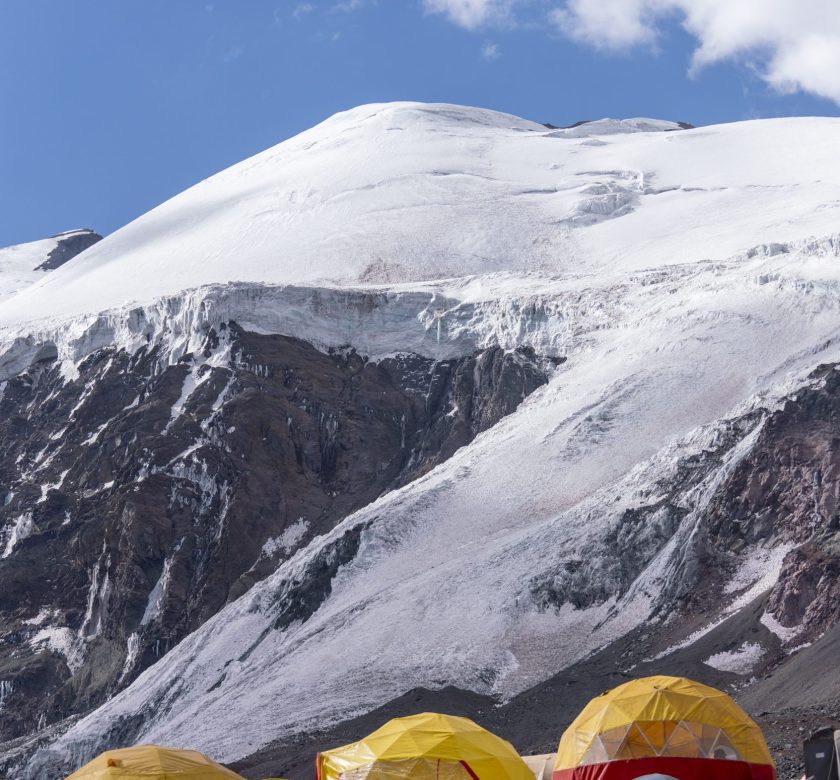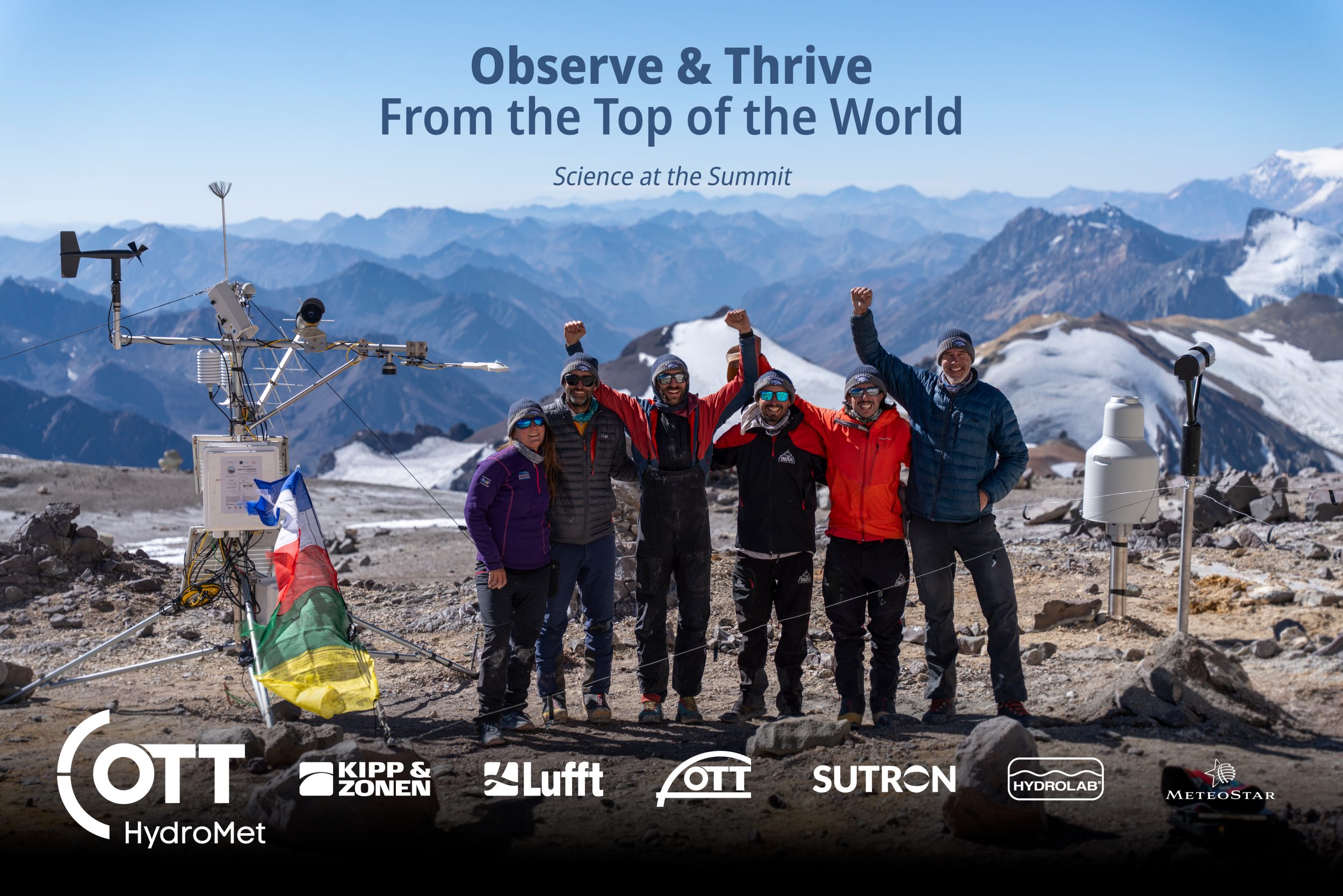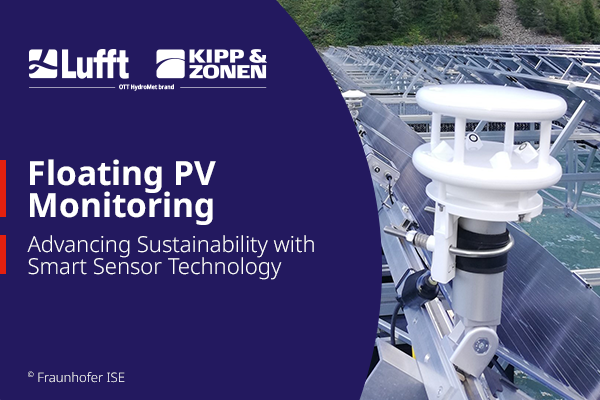In a bold leap for climate science, a team of international scientists has successfully installed weather stations as a groundbreaking scientific initiative aimed at deepening our understanding of high-altitude climate systems. Located on the highest peak in the Americas, this project involved the installation of five advanced weather stations at elevations ranging from 4,267 to 6,949 meters (14,000 to 22,800 feet). These stations are engineered to monitor critical meteorological data such as precipitation amounts, type, and intensity, snow depth, and solar radiation. The insights gathered will deepen our understanding of the hydrological cycle and the role of mountain water towers in sustaining downstream communities.
The expedition was led by climatologist and National Geographic Explorer Baker Perry Ph.D. of the University of Nevada, Reno; Pierre Pitte of the Instituto Argentino de Nivología, Glaciología y Ciencias Ambientales (IANIGLA); and fellow National Geographic Explorer Tom Matthews of King’s College London.

“We have huge gaps in our understanding of just the basic processes that enable the glaciers to exist, and the snow to fall up here”
—Baker Perry Ph.D.
“These weather stations will allow us to really quantify and improve projections into the future for water resource availability, glacier health, and other vital scientific topics.”
Extreme Irradiance Events Confirmed on Aconcagua
One of the most astonishing findings from the project has been the observation of extreme solar irradiance—levels of solar radiation that, at times, exceed what is expected even at the top of Earth’s atmosphere. These “over-irradiance” events are believed to result from complex interactions between snow, ice, and cloud cover. Similar phenomena were first observed on Mount Everest, and their recurrence on Aconcagua confirms that these are not isolated incidents. Understanding these events is crucial for modeling glacier melt and energy balance in high mountain environments, which directly impacts water availability and climate forecasting.
Top of the Earth and Beyond
NASA’s participation in the Aconcagua expedition added a unique scientific dimension. A NASA scientist on the team focused on collecting soil samples and investigating the presence of dry permafrost—an analog for Martian terrain. This research not only enhances our understanding of Earth’s cryosphere but also informs planetary science and future Mars exploration. The collaboration underscores the interdisciplinary value of high-altitude research, bridging climatology, hydrology, and astrobiology.
The Partnership Behind Aconcagua’s Climate Monitoring Success
The success of the Aconcagua weather station project was significantly bolstered by the collaboration between Baker Perry and OTT HydroMet. Dr. Perry’s expertise in high-altitude meteorology, combined with OTT HydroMet’s cutting-edge weather monitoring technology, created a synergy that was instrumental in the project’s achievements. OTT HydroMet provided state-of-the-art equipment—such as the Pluvio²L weighing precipitation gauge and the Parsivel² present weather sensor—that ensured accurate and reliable data collection in the harshest of conditions. This partnership exemplifies how scientific expertise and advanced technology can come together to push the boundaries of climate research.



